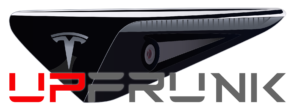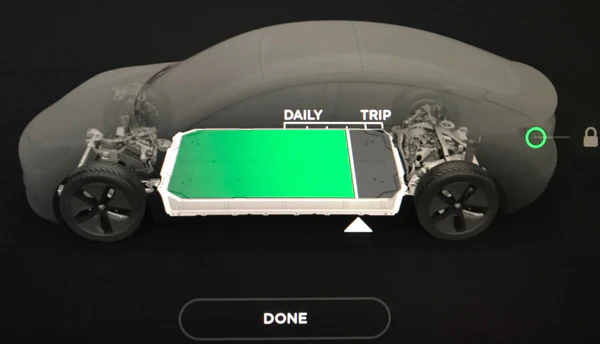As a Tesla owner, one of the most common questions you’ll ask is: “When can I safely charge to 100%?” You’ve probably heard that charging to full might degrade your battery over time—and that’s true for some models. But it’s not the whole story. Whether you can or should charge to 100% depends largely on your Tesla’s battery chemistry, and what you plan to do next.
LFP vs. NCA: Know Your Battery Type
Tesla uses two main types of battery chemistry in its vehicles:
- NCA (Nickel Cobalt Aluminum) batteries are found in most long-range and performance versions of the Model 3, Model Y, S, and X.
- LFP (Lithium Iron Phosphate) batteries are found in many Standard Range models—particularly newer Model 3 and Model Y RWD variants.
Here’s how to tell what you have:
- If your charge limit screen says “Set to 100% for daily use,” you have an LFP battery.
- If it says “Set to 80% for daily use,” you’re working with an NCA battery.
Charging to 100% with LFP Batteries
If you have an LFP battery, you’re in luck: Tesla actually recommends charging to 100% regularly. LFP cells benefit from full balancing and are not as vulnerable to high-voltage degradation. In fact, Tesla suggests charging to 100% once a week to help maintain battery calibration.
So if you’ve got an LFP pack, feel free to top it off—even daily—especially if you drive often.
Charging to 100% with NCA Batteries
For NCA batteries, the story is different. Charging to 100% is safe occasionally, but should be reserved for road trips or immediate departures. NCA batteries are more sensitive to high voltages, and sitting at 100% for extended periods can accelerate battery degradation.
Here are the best practices for NCA batteries:
- Charge to 100% only when you’re about to drive.
- Avoid letting the car sit at 100% overnight or during hot weather.
- Stick to 80-90% for everyday driving to preserve long-term battery health.
Why Sitting at 100% is the Issue
Tesla’s battery management system is excellent, but any lithium-ion battery sitting at maximum voltage will experience chemical stress. This stress increases as time, temperature, and voltage rise—leading to faster degradation over time. So it’s not the act of charging to 100% that’s harmful—it’s leaving it there.
Tips for Smart Charging
- Use Scheduled Departure: Set your Tesla to finish charging just before you leave, minimizing time spent at full charge.
- Check for Trip Planning Mode: Use this when navigating to a Supercharger so your car optimizes charge speed and battery temperature.
- Monitor with the App: You can keep an eye on charge status and adjust limits remotely.
Final Thoughts
Charging your Tesla to 100% is sometimes necessary—and sometimes even recommended, depending on your battery type. For LFP batteries, go ahead and do it regularly. For NCA batteries, use it selectively and wisely. Either way, avoid letting the car sit at 100% for long periods, and your battery will thank you with years of reliable performance.


